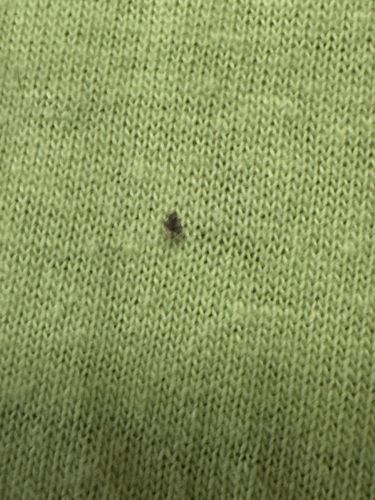Fungus Gnat
Scientific Name: Bradysia spp. (though various genera exist)
Order & Family: Diptera, Sciaridae (dark-winged fungus gnats)
Size: 2-8 mm (adults)

Natural Habitat
Damp, organic-rich environments, often associated with potting soil, decaying plant matter, and greenhouses. Can also be found around leaky plumbing and condensation.
Diet & Feeding
Larvae feed on fungi, decaying organic matter, and plant roots. Adults do not feed significantly and are short-lived.
Behavior Patterns
Adults are weak flyers and typically remain close to breeding sites. They are attracted to light and often seen flying around windows. Larvae are found in moist soil or growing media.
Risks & Benefits
Risks: Larvae can damage the roots of seedlings and young plants, particularly in greenhouses or houseplants, leading to wilting and stunted growth. They can also be a nuisance to humans indoors. Benefits: In natural ecosystems, they contribute to decomposition by feeding on fungi and decaying plant material.
Identified on: 9/15/2025